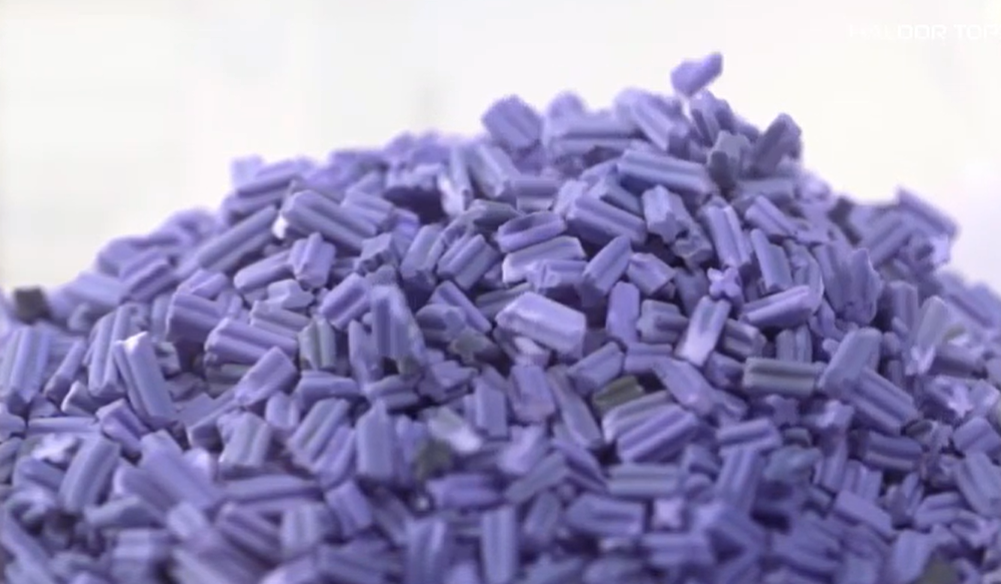
The crude benzene hydrorefining catalyst has a large pore volume, a specific surface area, a clover-shaped appearance, and excellent compressive and abrasion resistance.
LSW-1 pre-hydrogenation catalyst is a W-Ni-Mo/Al2O3 catalyst with good performance for low-temperature hydrogenation of saturated dienes and alkenyl aromatic hydrocarbons, in order to extend the operation cycle of the device and prevent a large amount of highly unsaturated hydrocarbons from occurring during a hydrogenation process The polymerization reaction leads to coking on the top of the reactor. Usually, a reverse oil circulation process is used to dilute the content of diene and alkenyl aromatic hydrocarbons, while taking away a large amount of reaction heat, controlling the reaction temperature rise, and improving the selectivity of one-stage hydrogenation. At the same time, a certain amount of hydrogenation protective agent is filled on the top of the first stage bed.
| Item | LSW-2/2A | LSW-1 |
| Size mm | Ф(1.5~2.5)×(2~8) | Ф(1.5~2.5)×(2~8) |
| Mechanical strength,N/cm | ≥150 | ≥150 |
| Pore volume, Ml/g | ≥0.35 | ≥0.35 |
| Specific surface area m2/g | ≥200 | ≥200 |
| Cobalt oxide content % | 43895 | — |
| Molybdenum trioxide content % | 14-16 | 4~6 |
| Tungsten oxide content % | — | 10~12 |
| Nickel oxide content % | — | 4~6 |
| Packing density kg/m3 | 650–750 | 650—750 |
LSW-2 is a two-stage reactor HDS catalyst. The Co-Mo /Al2O3 catalyst has remarkable low-temperature desulfurization and denitrification performance. The catalyst has high activity for C-S, C-N, and C-O bond cleavage, but has weak C-C bond cleavage. Therefore, the use of CO-MO-based catalysts has the advantages of high liquid yield, low hydrogen consumption and slow coking.
At the same time, the HBW-2 catalyst has a larger specific surface area and pore volume, and the micropore design of the carrier can hold the coke produced during the hydrogenation process.